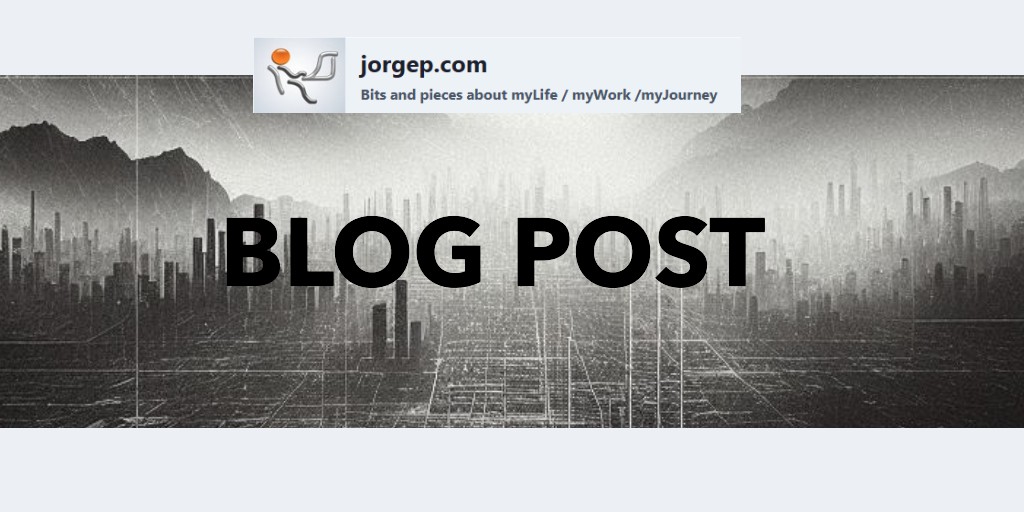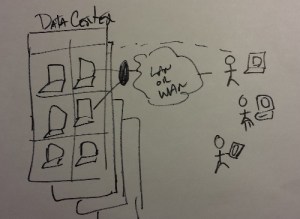VDI Overview

Traditionally, companies have deployed desktop or laptop computers to their end users. The operating system, applications have been individually installed on every desktop or laptop via imaging software or remote installation, and application configuration settings and most user data is stored locally on the computer. While this may have worked when the company started small, as the company grows, the strain on the IT department to administer, support and troubleshoot all these individual desktop PCs has become a costly management nightmare.
To alleviate this burden companies have implemented many types of distributed system management technologies like roaming profiles, electronic software distribution, patch management and file shares, which can be challenging and complex with too much time spent on administration.
PCs do break and they have to be fixed or replaced. Mechanical parts like fans, hard drives, processor fan, CPU fans, and electronic parts that have to be upgraded (memory), video cards that go out.
Additionally, it is difficult for users when they go home or work off-site, to access their applications and data, and this can further be challenging across across a wide area network.
Virtual Desktop Infrastructure (VDI)
Virtual desktop Infrastructures is a generic term referencing the environment which delivers virtualized desktops, where the desktop and associated applications, are separated from the physical client device, to end users.
Wikipedia definition follows:
Virtual Desktop Infrastructure (VDI) is a desktop-centric service that hosts user desktop environments on remote servers and/or blade PCs, which are accessed over a network using a remote display protocol. A connection brokering service is used to connect users to their assigned desktop sessions. For users, this means they can access their desktop from any location, without being tied to a single client device. Since the resources are centralized, users moving between work locations can still access the same desktop environment with their applications and data. For IT administrators, this means a more centralized, efficient client environment that is easier to maintain and able to respond more quickly to the changing needs of the user and business.
Virtual Desktop Infrastructure acceptance is becoming more widespread every day. The end result with desktop virtualization is improved service levels to end-users while making IT more efficient.
Key advantages of VDI
- Centralized Administration
- Single Image Management
- End-used hardware dependencies eliminated
- Backup and recovery of end user desktops
- Minimize end-user device break/fix and support
- Anytime / Anywhere Access to your data
- Faster access to data/applications and (in most cases) the web. (Take advantage of most fast Data Center network infrastructure)
- Greater security for your end-user data because it’s all stored in the data center that you already know is secured and protected.
- Fast provisioning and deployment for new desktops
- No more imaging hard drives and restoring end-user files back to the local hard drives.
VDI Cost
While many factors impact real-world VDI infrastructure cost, scale and performance, VDI will not cost you any more in hardware and software expenses in the long term. Although in recent years the VDI cost has come down considerable, the initial investment in VDI can still be high. The expectation is that the cost to continue to come down over the next few months/years, to the point that they are second nature commodity.
The savings is going to be obtained in your day-to-day operational expenses and not necessarily capital expenses. For example:
- Reduce or redirect desktop support people to other task
- Reduce power consumption (thin client devices)
- There are many VDI cost calculators, but essentially, the parameter for them include are:
- Number of end-users (total and concurrent)
- Percent of Power, Knowledge and Task Users profiles
- Percent of Persistent vs Non-Persistent desktops
Typical User Profiles
| Task Users | Workers performing repetitive tasks within a small set of applications, which are usually not CPU- and memory-intensive. Examples may include call center analysts and retail employees. |
| Knowledge Users | Workers whose tasks include accessing the Internet, using email, and creating complex documents, such as spreadsheets. Examples include accountants and sales managers. |
| Power Users | Users of graphic-intensive applications, such as developers or graphic designer. |
| Specialty Users | Users with very specifics needs like CAD User, Statistician, etc. |
VDI Technology Vendors
There are three main vendors that provide hypervisors to the VDI market:
- VMware offers what’s called VMware View. (Horizon)
- Citrix offering is called XenDesktop
- Microsoft offers Hyper-V with the RDP protocol.
All of these vendors allows you to customize the desktop by virtualizing and delivering a single image model where a gold master is used for a base image of the virtual desktops. The base operating system and applications are the same, so that a single image is rolled out to all users.
